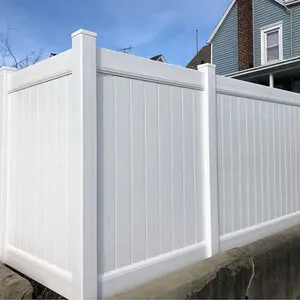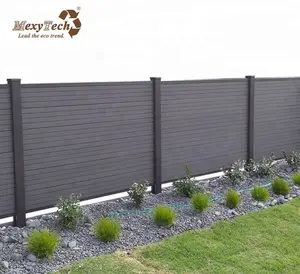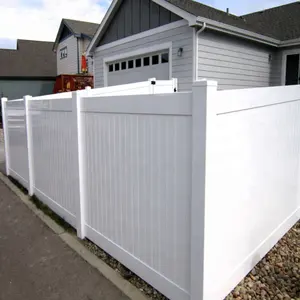Understanding Privacy Fences
Privacy fences serve as a barrier to create a secluded space, ensuring personal space remains undisturbed. These structures are pivotal in delineating property boundaries and enhancing security. The versatility of privacy screens extends beyond mere functionality, contributing to the aesthetic appeal of residential and commercial landscapes.
Types and Materials
Privacy fencing comes in various materials, each offering distinct advantages. Wood, vinyl, and metal are common, with each providing different levels of durability, maintenance, and visual impact. Eco-friendly options such as bamboo and composite materials are also gaining popularity for their sustainability and minimal environmental footprint.
Design and Features
The design of a privacy fence can range from simple, flat panels to intricate, decorative elements that complement the surrounding architecture. Features such as waterproof coatings and UV resistance are essential for longevity, while customization options like powder coating offer a personalized touch.
Applications and Utility
From residential gardens to sports fields and highways, the application of privacy fences is extensive. They not only enhance outdoor privacy but also serve as windbreaks and noise barriers, contributing to a more comfortable and serene environment.
Installation and Maintenance
While the ease of installation is a consideration, the long-term maintenance of a privacy fence is equally important. Materials such as vinyl and metal offer ease of cleaning and require less upkeep compared to traditional wood fencing, which may need regular staining or painting.
Choosing the Right Privacy Fence
Selecting the appropriate privacy fence involves considering the specific needs of an area, such as the level of privacy desired, climatic conditions, and the landscape's aesthetic. With a range of options available, it is crucial to assess the features that align with the intended purpose.








































 浙公网安备 33010002000092号
浙公网安备 33010002000092号 浙B2-20120091-4
浙B2-20120091-4